One easy way of doing that is to create a 'forward function' that defines the model and change behaviour based on extra parameters.
Here is an example:
def forward_pass(x, is_training, reuse=tf.AUTO_REUSE, name='model_forward_pass'):
# Note the reuse attribute as it tells the getter to either create the graph or get the weights
with tf.variable_scope(name=name, reuse=reuse):
x = tf.layers.conv(x, ...)
...
x = tf.layers.dense(x, ...)
x = tf.layers.dropout(x, rate, training=is_training) # Note the is_training attribute
...
return x
Now you can call the 'forward_pass' function anywhere in your code. You simply need to provide the is_training attribute to use the correct mode for dropout for example. The 'reuse' argument will automatically get the correct values for your weights as long as the 'name' of the 'variable_scope' is the same.
For example:
train_logits_model1 = forward_pass(x_train, is_training=True, name='model1')
# Graph is defined and dropout is used in training mode
test_logits_model1 = forward_pass(x_test, is_training=False, name='model1')
# Graph is reused but the dropout behaviour change to inference mode
train_logits_model2 = forward_pass(x_train2, is_training=True, name='model2')
# Name changed, model2 is added to the graph and dropout is used in training mode
To add to this answer as you stated that you want to have 2 separated graph, you could to that using an assign function:
train_graph = forward_pass(x, is_training=True, reuse=False, name='train_graph')
...
test_graph = forward_pass(x, is_training=False, reuse=False, name='test_graph')
...
train_vars = tf.get_collection('variables', 'train_graph/.*')
test_vars = tf.get_collection('variables','test_graph/.*')
test_assign_ops = []
for test, train in zip(test_vars, train_vars):
test_assign_ops += [tf.assign(test, train)]
assign_op = tf.group(*test_assign_ops)
sess.run(assign_op) # Replace vars in the test_graph by the one in train_graph
I'm a big advocate of method 1 as it is way cleaner and reduce memory usage.
